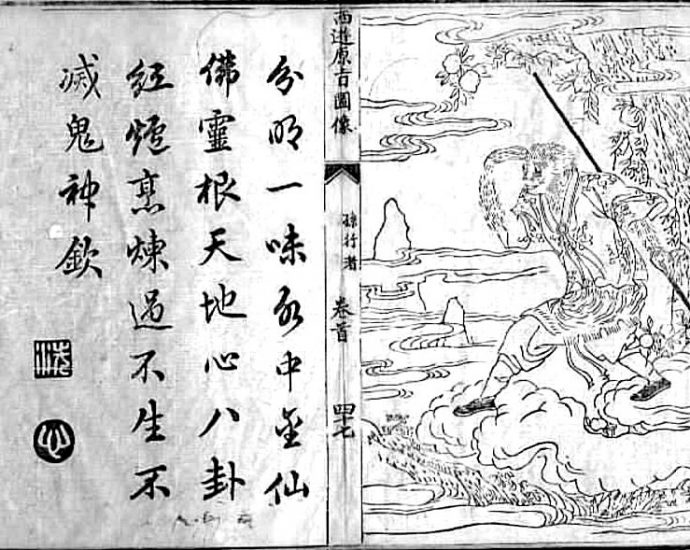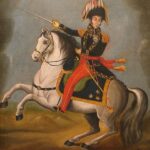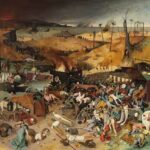Journey to the West (Chinese: 西遊記) is a Chinese novel published in the 16th century during the Ming dynasty and attributed to Wu Cheng’en. It is regarded as one of the Four Great Classical Novels of Chinese literature, and has been described as arguably the most popular literary work in East Asia. Arthur Waley‘s abridged translation, Monkey, is known in English-speaking countries.
The novel is an extended account of the legendary pilgrimage of the Tang dynasty Buddhist monk Xuanzang, who travelled to the “Western Regions” (Central Asia and the Indian subcontinent) to obtain Buddhist sacred texts (sūtras) and returned after many trials and much suffering. The monk is referred to as Tang Sanzang in the novel.
The novel retains the broad outline of Xuanzang’s own account, Great Tang Records on the Western Regions, but adds elements from folk tales and the author’s invention: Gautama Buddha gives this task to the monk and provides him with three protectors who agree to help him as an atonement for their sins.
These disciples are Sun Wukong, Zhu Bajie, and Sha Wujing, together with a dragon prince who acts as Tang Sanzang’s steed, a white horse. The group of pilgrims journeys towards enlightenment by the power and virtue of cooperation.
Journey to the West has strong roots in Chinese folk religion, Chinese mythology, Confucianist, Taoist, and Buddhist theology, and the pantheon of Taoist immortals and Buddhist bodhisattvas are still reflective of some Chinese religious attitudes today. Enduringly popular, the novel is at once a comic adventure story, a humorous satire of Chinese bureaucracy, a source of spiritual insight, and an extended allegory.








